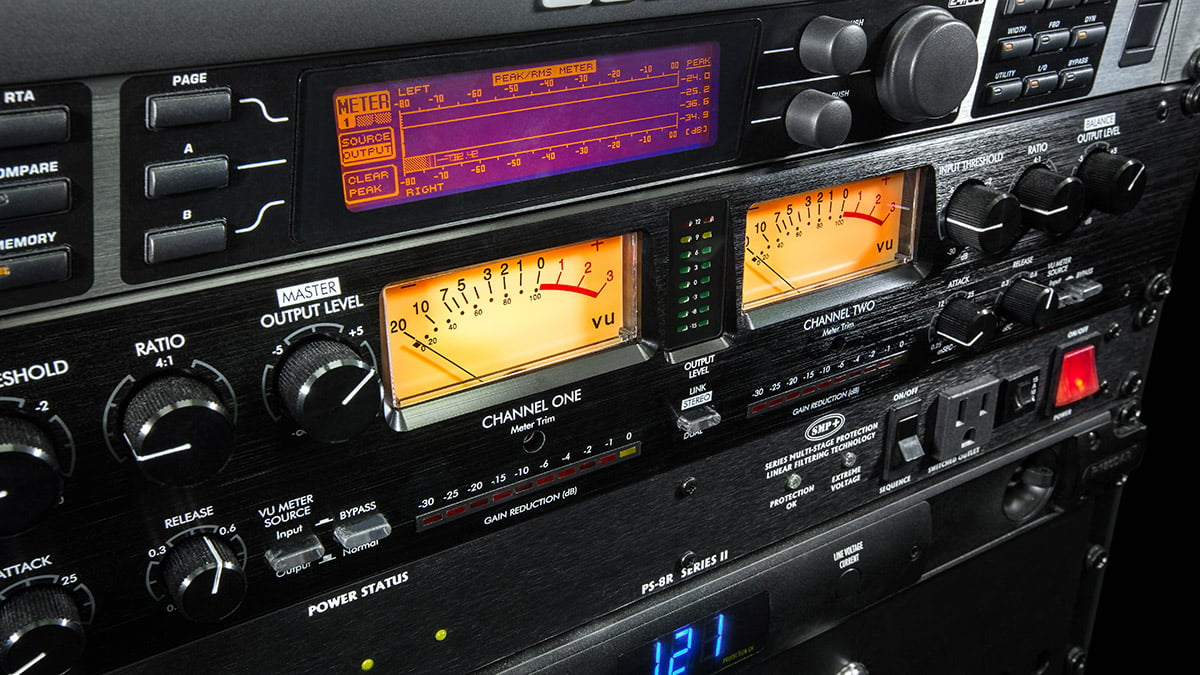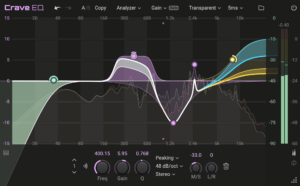
A Deep Dive into Audio Compression
In the intricate world of audio production, there exists a silent hero that plays a crucial role in shaping the sounds we hear – the audio compressor. Often overlooked by the casual listener, this unassuming device is a powerhouse in the hands of sound engineers, musicians, and producers. In this blog post, we’ll unravel the mysteries of the audio compressor, exploring its functions, applications, and the magic it brings to the world of sound.
What is an Audio Compressor?
At its core, an audio compressor is a tool used to control the dynamic range of a sound signal. Dynamic range refers to the difference between the quietest and loudest parts of a sound, and managing this range is essential for creating polished and professional-sounding audio.
The Basics: How Does Compression Work?
1. Threshold:
The compressor begins its work by setting a threshold level. Any audio signal that surpasses this threshold triggers the compression process.
2. Ratio:
The ratio determines the extent to which the signal exceeds the threshold and is compressed. For example, a 4:1 ratio means that for every 4 dB above the threshold, only 1 dB passes through.
3. Attack and Release:
These parameters dictate how quickly the compressor responds to changes in volume (attack) and how long it takes to return to normal after compression (release).
4. Makeup Gain:
Compression often reduces the overall volume of the signal. Makeup gain allows the engineer to boost the compressed signal to achieve a desired output level.
Applications of Audio Compression
1. Leveling:
Compression is widely used to even out the volume of a performance, ensuring that no part of the audio is too loud or too quiet.
2. Sustain and Punch:
In music production, compressors enhance sustain in instruments like guitars and bring out the punch in drums, creating a more defined and impactful sound.
3. Vocal Control:
Compressors are essential in controlling the dynamics of vocals, providing a consistent and smooth performance that sits well in the mix.
4. Transient Shaping:
By adjusting attack and release times, compressors can shape the transients of a sound, emphasizing or reducing the initial impact.
Types of Compressors
1. VCA (Voltage-Controlled Amplifier):
Known for transparent and precise compression, VCA compressors are versatile and commonly used in various audio applications.
2. FET (Field-Effect Transistor):
FET compressors are praised for their fast attack times and coloration, often contributing a warm and gritty character to the sound.
3. Optical:
Optical compressors offer a smooth and natural compression, with a characteristic slow response that can enhance certain musical genres.
Conclusion
In the hands of skilled audio engineers, the audio compressor transforms raw recordings into polished masterpieces. Its ability to shape dynamics, control volume, and add character to sound makes it an indispensable tool in the world of music and audio production. So, the next time you find yourself immersed in a captivating song or podcast, remember that behind the scenes, an audio compressor might be working its magic, ensuring that every nuance is heard in perfect harmony.

